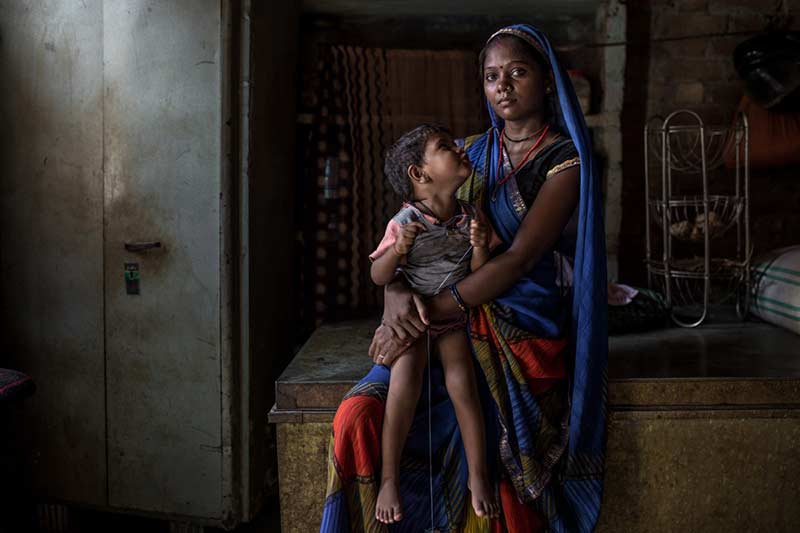
New York – Severe long-term effects of the COVID-19 pandemic could push an additional 207 million people into extreme poverty on top of the current pandemic trajectory, bringing the total to over 1 billion by 2030, according to findings released today by the United Nations Development Programme (UNDP). This is not a foregone conclusion: with a focused set of investments towards achieving the Sustainable Development Goals (SDGs), an additional 146 million people could be lifted out of extreme poverty compared to current COVID-19 trends.
The study, part of a long-standing partnership between UNDP and the Pardee Center for International Futures at the University of Denver, assesses the impact of different COVID-19 recovery scenarios on the SDGs, evaluating the multidimensional effects of the pandemic over the next decade.
The ‘Baseline COVID' scenario, based on current mortality rates and the most recent growth projections by the International Monetary Fund (IMF), would result in 44 million more people living in extreme poverty by 2030 compared to the development trajectory the world was on before the pandemic.
Under a ‘High Damage' scenario, where the recovery is protracted, COVID-19 is likely to push an additional 207 million people into extreme poverty by 2030, and increase the female poverty headcount by an additional 102 million compared to that baseline, says the report. The High Damage scenario anticipates that 80 percent of the COVID-induced economic crisis would persist in 10 years' time due to loss in productivity, preventing a full recovery to the growth trajectory seen before the pandemic.
read more www.undp.org/content/undp/en/home/news-centre/news/2020/COVID…











